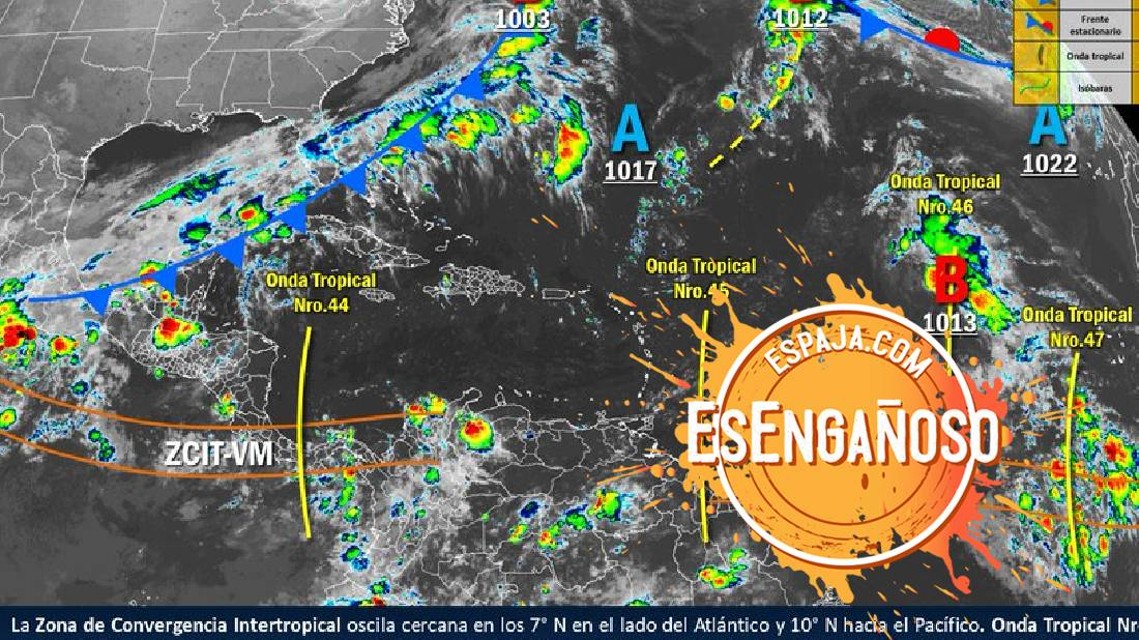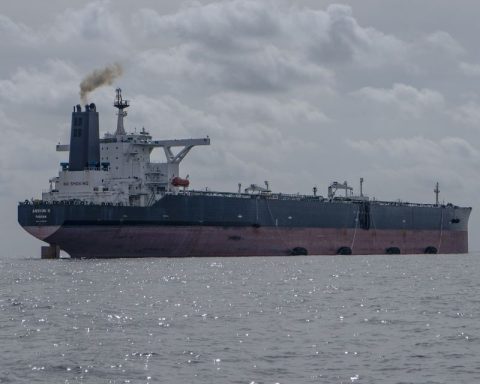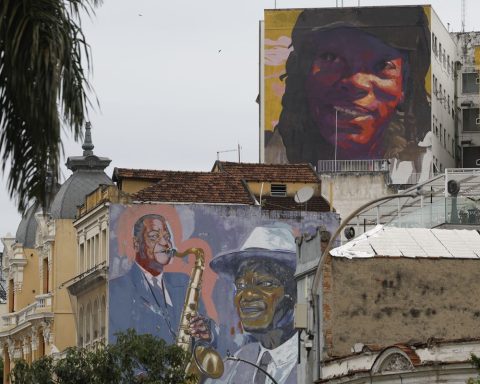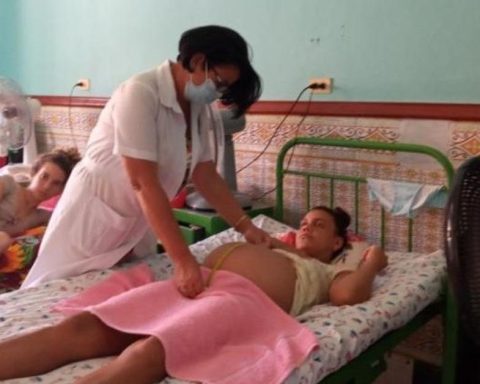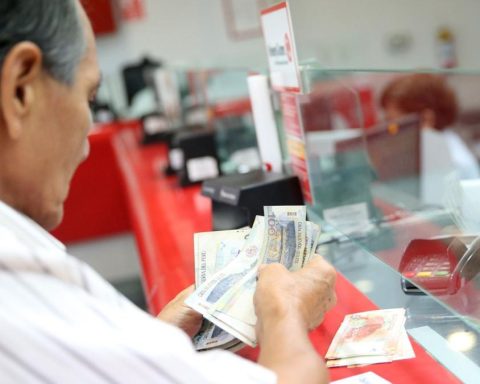It is true that on average about 60 tropical waves are expected each year in the Atlantic —a type of atmospheric instability that can affect Venezuela with rains—. The mistake, however, is making an exact prediction: no national or international body has it. On the other hand, not all these phenomena directly affect Venezuela. Are they a cause for alarm? As the saying goes: neither so bald nor with two wigs
Text: Alexis Correa
Could we potentially have 20 more tragedies like those of Las Tejerías (Saturday, October 8) and El Castaño (Monday, October 17) in 2022? Although this was not what Nicolás Maduro said verbatim on television on Tuesday 10/18/2022, the president’s words could raise alarm in a part of the population. The transcript and the video (approximately, minute 34 of the audiovisual):
«Tropical Wave 45 is now entering the night. It is the rainy season. Approximately 65 (tropical waves) enter the rainy season… This year… 65 tropical waves is what is estimated by international organizations, satellites (sic)… 65 tropical waves… 45 enters tonight. The 44 created the disaster east of El Castaño and the 41 that of Las Tejerías. We are on permanent alert”
We could demand more precision and caution from the president of a country when expressing himself about meteorological and scientific phenomena in general. This is not what happened in this case. The statement is misleading, because while it starts from a true rough annual average, it omits details and makes inaccuracies. Let’s see:
What is a tropical wave?
With an extremely thick brush, we could paint a tropical wave as a type of atmospheric disturbance that, in the Atlantic Ocean, is usually generated near Africa and can later affect Venezuela with torrential rains.
Let’s say that, in the annual hurricane season in our continent (generally from June to November), the tropical wave is the basic meteorological unit that, in the worst case, can later lead to a cyclone. Cyclones, in turn, can be of three types depending on the strength of their winds: 1. tropical depressions, 2. tropical storms and 3. hurricanes. Due to its geographical location, it is unlikely, but not impossible, for a hurricane to directly affect Venezuela.
It is true that every year about 60 tropical waves are expected in the Atlantic. But this is just an average. There may be more or there may be less. There have been years of 42 tropical waves (2011) and others of 73 (2005). No direct relationship has been found between this number and periodic phenomena such as El Niño or La Niña. Nor with climate change.
Until now, the human being has no way of predicting an exact number of the number of tropical waves or hurricanes that will occur each year. All this is explained, with great rigor, by the independent Venezuelan meteorologist Luis Vargas (“The question that many ask themselves: How many tropical waves are left?”, text of 10/18/2022)
*Also read: Nicolás Maduro: We have to move forward in an urban restructuring after the rains
Are there international organizations that “estimate” the number of tropical waves per year, as Maduro stated?
No. What we are going to get from the web pages that we can consider as reliable international references, for example the World Meteorological Organization and Weather.com, is the previous imprecise estimate: an average of about 60 tropical waves per year.
Of course, there are predictions, but none of them are exact. For example, the US National Hurricane Center expected between 14 and 21 tropical storms and between 3 and 6 hurricanes in 2022, with a 65% chance that it would be an “above average season” in terms of activity. Let’s not expect anything more precise than that. Not in this age of science.
Note: until October 19 there are 11 storms and 5 hurricanes in the entire Atlantic.
Do all tropical waves affect Venezuela?
Maduro neither affirmed nor denied it. But it would be good to be precise: even assuming that 65 tropical waves form in the Atlantic in all of 2022 – something that no one can accurately forecast – not all of them affect Venezuela. Some are generated further north, far from our coasts, and other tropical waves dissipate without causing major effects on human populations.
According to meteorologist Luis Vargas, 80% of the tropical waves of 2022 have affected Venezuela in one way or another, which is more or less within historical averages. Trinidad and Tobago, an island country very close to Venezuela, expects between 30 and 40 tropical waves each year, according to official agencies.
It is true that, at least according to the Twitter account of the official Inameh institute, on 10/19/2022 a tropical wave classified as 45 was approaching Venezuela. Not all international organizations or experts keep the same accounts. The US NHC, the highest regional authority for classifying Atlantic weather events, does not even record this latest tropical wave as a significant event.
Can other natural disasters occur in Venezuela such as Las Tejerías and El Castaño in 2022?
No one knows precisely. The ideal would be to be attentive to information from reliable sources and always take precautions, especially before the annual period of greatest rainfall forecast.
Unfortunately, something that we can predict —almost more accurately than a tropical wave— is that historically in Venezuela few preventive measures are taken in the face of the rainy seasons, regardless of whether climate change has affected the characteristics of the latter.
Although this does not appear in the sentence we are verifying, Maduro and his cabinet members have made questionable claims following the 2022 tragedies in Aragua state.
For example, attributing the greatest weight of recent disasters to climate change (“All this is climate change”: Nicolás Maduro, Deutsche Welle, 10/18/2022). Or blame the tragedy of Las Tejerías on the Spanish conquerors (“The slaves they had on the plantations (…) were herding them towards what is now the national highway (…)”: Ricardo Menéndez, Minister of Planning, 18/ 10/2022).
However, independent experts such as hydrometeorologist engineer Juan Andrés Arévalo maintain that, with or without climate change involved, official institutions are not making the necessary scientific measurements to assess what is happening. And to then take planning and prevention measures.
Post Views:
65
